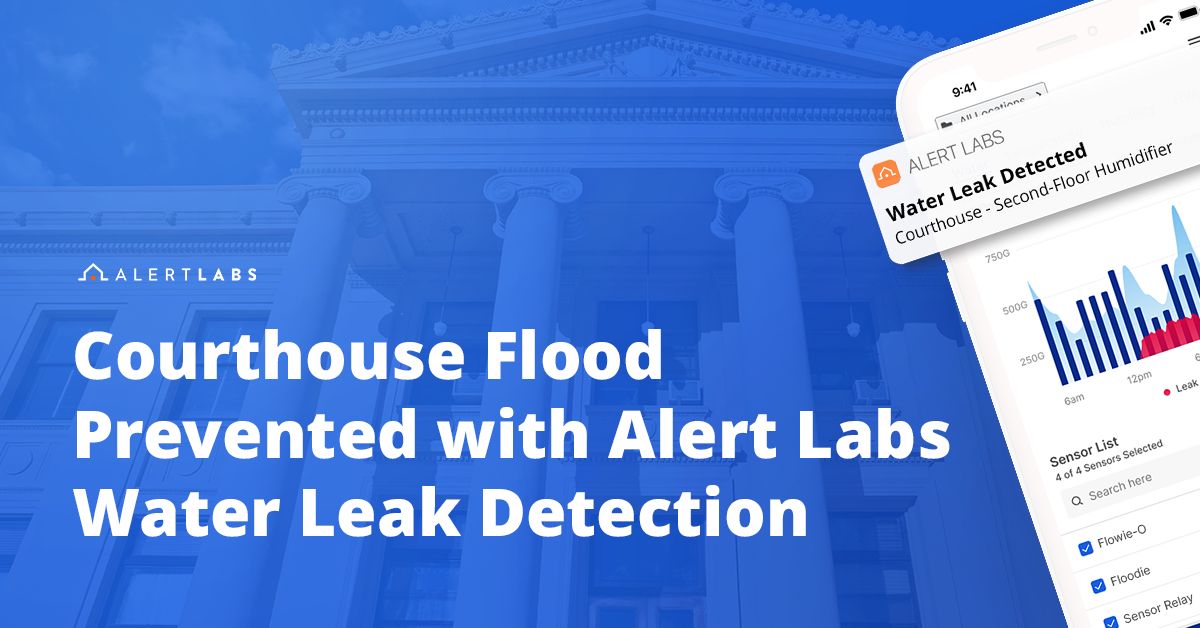Why is My Water Bill So High? 10 Possible Causes

While going through the day’s mail, you notice the water bill. You don’t expect any surprises.
Except it’s $8,500.
It must be a mistake! This wasn’t the case for a woman in Houston, Texas in October 2021. She was shocked to discover that her household had used hundreds of thousands of gallons of water over the past 7 years.
These kinds of leaks are often referred to as “silent leaks,” because you wouldn’t necessarily see all that leaking water. Unfortunately, most building owners and operators only find out about silent leaks like this after receiving a water bill.
The key to detecting water leaks is through early detection. If you own or manage buildings, considering regularly running through this list to keep water bills low:
10 causes of high water bills
A leaky or running toilet
A toilet is good working order uses about 1.6 gallons per flush. Over the course of a month, all that flushing accounts for over 25% of a household’s indoor water use. If a toilet is leaking, it could waste anywhere from 30 to 200 gallons a day – which is way more than the 82 gallons of water per day used by the average American. By the ways, here’s how to fix a running toilet.

Leaky faucets and valves
A leaking kitchen or bathroom leaking at a rate of 1 drip per second can waste up to 20 litres in a day! Not nearly as much wasted water as a running toilet, but it will still increase your water bill.

Seasonal water consumption
Water bills are often higher in the summer, and also during times when you’re hosting visitors. Homeowners also notice spikes in water use when filling their swimming pools for the summer.

Water softeners with high recharge rates
On your water softener check for any overflow or leaks, and also be sure to check its settings to see how many times a week it’s regenerating and whether it’s running efficiently. You can test it out by putting the water softener on bypass and seeing your water meter stops running.

Furnace humidifier set too high
Your furnace’s drain line could get backed, filters could get clogged with mineral deposits, scale, and debris—blocking the drain opening and creating a leak. Also, check the solenoid valve—the valve that allows water to enter the humidifier.

Old or leaky hot water heater
Look around the base of the hot water heater for any signs of leaks

Leaky washing machine
Check behind and underneath your washer to make sure no water is escaping with those missing socks.

Leaky dishwasher
Look for wet, warped or discoloration stains on your floors, walls, and cabinets.

Outdoor leaks
Water could be sneaking outside your home, too. Check whether the sprinkler system is malfunctioning or if garden hoses are leaking. Look and feel for areas of your property that are always wet, even without recent rain. Look at your driveway, curb, or street for evidence of water flow. Depending on the size of the leak, you may be looking for a stream of water, a puddle that never dries up, or a just a dark spot.

Underground leaks
Difficult to detect on your own, most of these leaks are uncovered by a surprisingly large water bill. This is why it’s a good idea to track your water usage.

Although it can be an nuisance to identify the exact cause of your high water bill, you’re taking the right steps in the direction of water conservation and saving money.
The EPA states that a dripping faucet can waste 11,000 litres of water a year—that’s the same as more than 70 loads of laundry or 290 five-minute showers.




